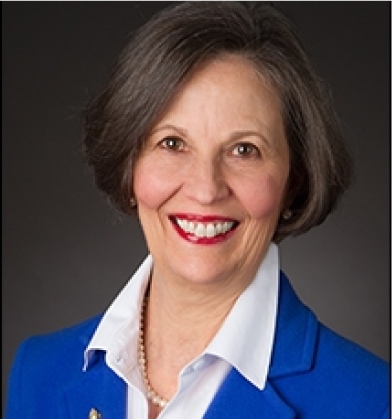Cracking the Code of Change
By Ann Elliott

Change can be uncomfortable. People resist changing their behavior to meet a challenging situation even when change is beneficial to them.
In November 2004 IBM sponsored the “Global Innovation Outlook” conference in New York. They invited visionary thinkers from all over the world to assemble and propose solutions to some of the world’s biggest problems. In Fast Company (May 2005) “Change or Die” Alan Deutschman says, “…the health care industry consumes an astonishing $1.8 trillion a year in the United States alone, or 15% of gross domestic product.”  The root of the problem hasn’t changed for decades. Dr. “Ray” Levey, founder of the Global Medical Forum, told the audience, “A relatively small percentage of the population consumes the vast majority of the health-care budget for diseases that are very well known and by and large behavioral.” The five behaviors issues that consume 80% of our health care dollars are “too much smoking, drinking, eating, and stress and not enough exercise.”
Changing behavior of people is the single biggest challenges of all businesses trying to compete in a turbulent global environment according to John Kotter, Harvard Business School Professor. Deutschman quotes Kotter, “The central issue is never strategy, structure, culture, or systems. The core of the matter is always about changing the behavior of people.”
If your business and the people working in it are reluctant to change, you could be seeing some of these symptoms:
The root of the problem hasn’t changed for decades. Dr. “Ray” Levey, founder of the Global Medical Forum, told the audience, “A relatively small percentage of the population consumes the vast majority of the health-care budget for diseases that are very well known and by and large behavioral.” The five behaviors issues that consume 80% of our health care dollars are “too much smoking, drinking, eating, and stress and not enough exercise.”
Changing behavior of people is the single biggest challenges of all businesses trying to compete in a turbulent global environment according to John Kotter, Harvard Business School Professor. Deutschman quotes Kotter, “The central issue is never strategy, structure, culture, or systems. The core of the matter is always about changing the behavior of people.”
If your business and the people working in it are reluctant to change, you could be seeing some of these symptoms:
 The root of the problem hasn’t changed for decades. Dr. “Ray” Levey, founder of the Global Medical Forum, told the audience, “A relatively small percentage of the population consumes the vast majority of the health-care budget for diseases that are very well known and by and large behavioral.” The five behaviors issues that consume 80% of our health care dollars are “too much smoking, drinking, eating, and stress and not enough exercise.”
Changing behavior of people is the single biggest challenges of all businesses trying to compete in a turbulent global environment according to John Kotter, Harvard Business School Professor. Deutschman quotes Kotter, “The central issue is never strategy, structure, culture, or systems. The core of the matter is always about changing the behavior of people.”
If your business and the people working in it are reluctant to change, you could be seeing some of these symptoms:
The root of the problem hasn’t changed for decades. Dr. “Ray” Levey, founder of the Global Medical Forum, told the audience, “A relatively small percentage of the population consumes the vast majority of the health-care budget for diseases that are very well known and by and large behavioral.” The five behaviors issues that consume 80% of our health care dollars are “too much smoking, drinking, eating, and stress and not enough exercise.”
Changing behavior of people is the single biggest challenges of all businesses trying to compete in a turbulent global environment according to John Kotter, Harvard Business School Professor. Deutschman quotes Kotter, “The central issue is never strategy, structure, culture, or systems. The core of the matter is always about changing the behavior of people.”
If your business and the people working in it are reluctant to change, you could be seeing some of these symptoms:
- Opportunities disappear
- Teamwork suffers
- Profits lag
- Inefficiencies fester
- Customers leave
- Morale declines
- Tension and stress increase
- They are afraid they will fail and make mistakes
- They experience a period of uncertainty and discomfort
- They cannot clearly see the path to the end result
- They see no personal benefit in making the change
- They will be required to learn new skills
- They are uninspired
- They will lose an old, familiar way of thinking or doing
Share this resource




